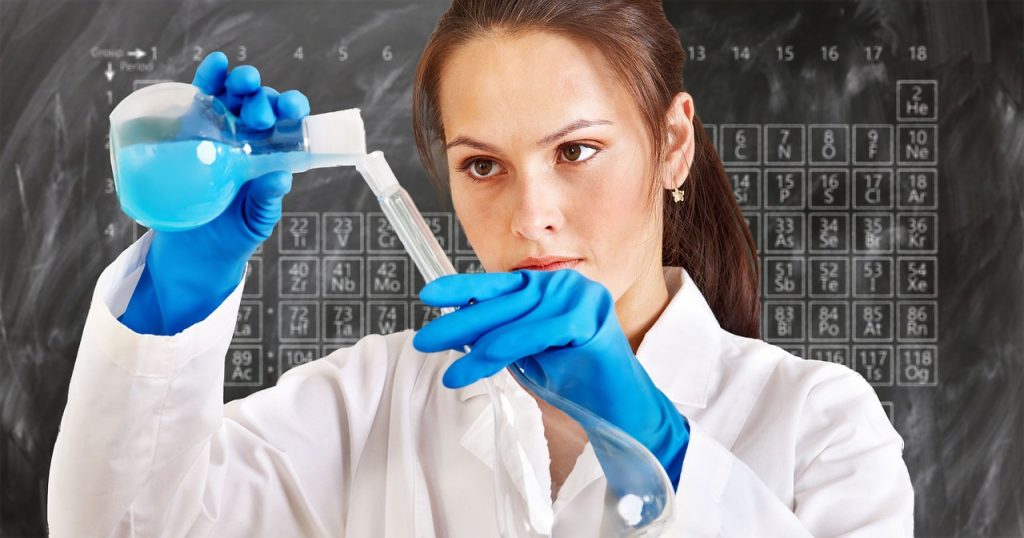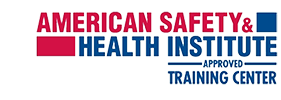
As part of our ongoing serious on workplace safety, including how to treat and prevent accidents at the office and treating and preventing accidents at a construction site, our first aid and CPR training center are going to share some tips and methods for preventing and treating accidents in a lab.
Why Is Lab Safety and Knowing First Aid Necessary?
You may not realize it but a science lab, either in a school or professional setting, is actually very dangerous without proper safety measures in place. Working with glass equipment, live animals, chemicals, and even plain water, can lead to accidents including:
- Fires
- Chemical burns
- Slips and falls
- Animal bites
- Cuts from broken glass
- Toxic fume inhalation
These are all possible in locations where safety procedures aren’t strictly followed. However, even in the safest labs, accidents can and do still happen. That’s why, in addition to following lab safety guidelines, you also want to know first aid to treat these injuries and reduce complications before first responders arrive or professional medical treatment occurs.
Preventing Lab Accidents at School and Work
The most important part of working in a lab is ensuring you are fully aware of what you are working with and the specifics of the task. Not only is this important in schools, where students may not be used to working with chemicals or being in a lab, but even in work settings, professionals also need to be aware of any hazards or risks involved in the project they’re working on. Any time a new task or procedure needs to be performed, be familiar with the instructions and the specifics first.
Preparation
Before you start working, you should make sure you’re properly prepared to work. This includes:
- Inspecting your equipment and containers for any weaknesses, such as cracks or chips.
- Inspecting electrical equipment for damage, such as frayed cords or exposed wiring.
- Know where the emergency eyewash stations are.
- Check your first aid kit to make sure it’s stocked properly.
- Clean up any clutter and check for trip hazards.
- Never work alone in a laboratory.
Clothing
Make sure you dress for safety success by following these clothing and apparel guidelines:
- Wear properly fitting long sleeves and long pants or skirts so your arms and legs are protected.
- Wear closed-toed shoes of a sturdy material with flat heels. High heels are trip-hazards, while woven materials and sandals leave your skin exposed.
- Keep long hair tied back
- Remove jewelry, especially rings that can get caught or snag gloves.
- Wear goggles and proper gloves when working with chemicals – use a face shield to protect your ears and neck if you’re pouring larger quantities.
Prevent Contamination
Working in the lab, whether it’s a medical setting, you’re working with animals, or chemicals, you need to prevent cross contamination.
- Never have food or beverages in a lab. Even keep lip balm, lotions, and other cosmetics out of the lab for safety.
- Remove gloves and dispose of them properly for your setting, wash hands immediately after removing gloves.
- Handle sharps, including needles and syringes with care and dispose of in an appropriate container.
- Contain materials appropriately, especially when transporting them out of the lab.
- Always wear clean PPE – a lab coat, goggles, gloves, mask, if needed.
Care with Chemicals
- Work in a well-ventilated area and use a chemical fume hood to avoid fumes.
- Never smell, inhale, or taste chemicals.
- Never pour chemicals down the drain – instead, know where to store them.
- Ensure lids are on tightly and containers are secure when not in use.
First Aid for Lab Accidents
Even when all safety precautions are in place, accidents can still happen, which is why it’s essential to have a well stocked first aid kit and know first aid for lab settings.
Bleeding and Wound Care
Labs rely on glass pipettes, beakers, and other containers, and if those break, they can lead to cuts. If you’re with someone who has a minor cut:
- Apply pressure to the wound with sterile gauze
- Wash with soap and water
- Apply a sterile bandage.
For a more serious cut:
- Have the person sit down and raise the bleeding part while adding pressure.
- Continue to add pressure, while transporting them to an urgent care or emergency room. If the bleeding is severe or the person feels faint or light headed, call 911.
Burns
Burns are one of the more common injuries in the lab. Not only are chemical burns serious and common, but even heat burns happen.
Treat heat burns:
- Run cool water over the area for five to 10 minutes.
- If minor (first degree or less), apply burn cream and a sterile bandage
- If more serious, seek medical treatment, but if the burn is large or the victim appears to be in shock, call 911 immediately.
Treat chemical burns (either acid or alkaline):
- Remove contaminated clothing and rinse the area with large amounts of cool, running water for 15 minutes and seek medical treatment.
- Call 911 if the victim appears faint, dizzy, or the area is large.
Eye Injuries
If dust, liquid, or a chemical makes contact with the eye area, follow these steps:
- If a chemical splashes in the eye, flush with tepid, running water for at least 15 minutes before seeking medical treatment or while someone calls 911. Make sure the victim turns their head from side to side and allow water to run across both eyes.
- If dust or solid material is in the eye, cover or close the eye and seek medical treatment.
Contact CPR Educators for First Aid Training
Make sure you and your team are properly trained in first aid in case there’s an accident in your lab! Quick thinking and fast action can be the difference between a successful outcome and otherwise, and when your whole team of students or employees know how to react, the lab becomes a safer place to learn or work.
Check out our class schedule of first aid and CPR classes or contact us at (919) 639-4848 to learn more!



